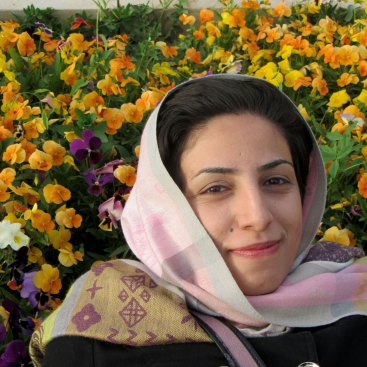
ZAHRA BAGHERI
Dragonflies chase prey almost faster than we can see and
catch it with near perfect success, yet their brains are a tiny
fraction of the size of a human brain. Zahra is a postgrad
student at the University of Adelaide, where she and a team
of researchers are studying the supreme tracking abilities of
dragonflies to develop a way for robotic eyes to mimic these
predatory insects.
First, the team looks at how individual dragonfly brain cells work
and interact with each other. Then,
they copy the processes of the
dragonfly brain onto the circuitry of robots, creating tracking software
that enables machines to see and respond like insects.
The tracking software has been tested in virtual reality simulations, where an artificial intelligence
entity chases a virtual target against a complex background. The software could be applied to drones, smart cars or surgical robots.
“This project is all about coding,” says Zahra. “It’s essential in order to program the hardware to interact with the software.” Zahra has even used coding for her own convenience, to organise files and remote control a computer. “When you learn to code, you start to think about all the ways you can program to make life easier.”
Zahra enjoys maths, but says you don’t necessarily need to be good at it to code. “Coding requires logic, and can be used for almost anything,” she says.
Her tip is to “explore the things around you and see how the world works.”





